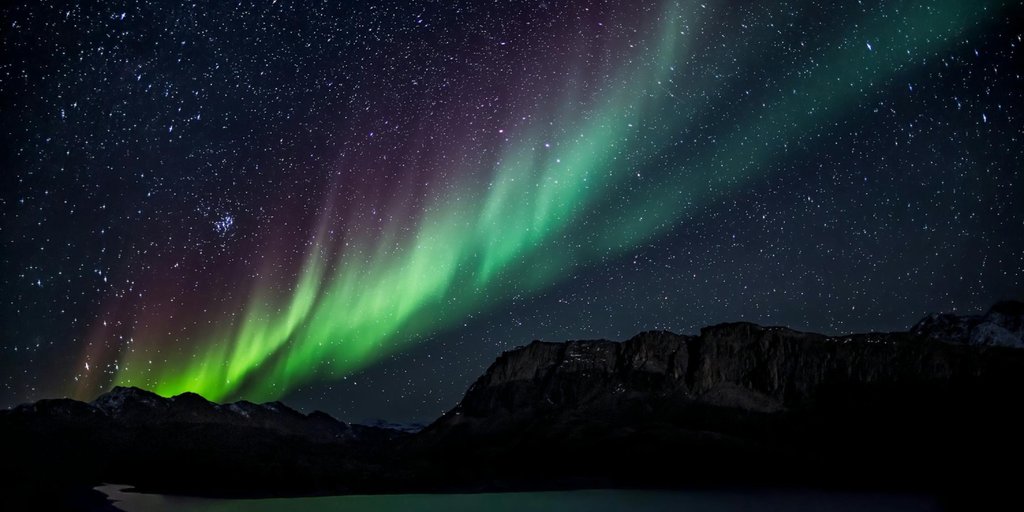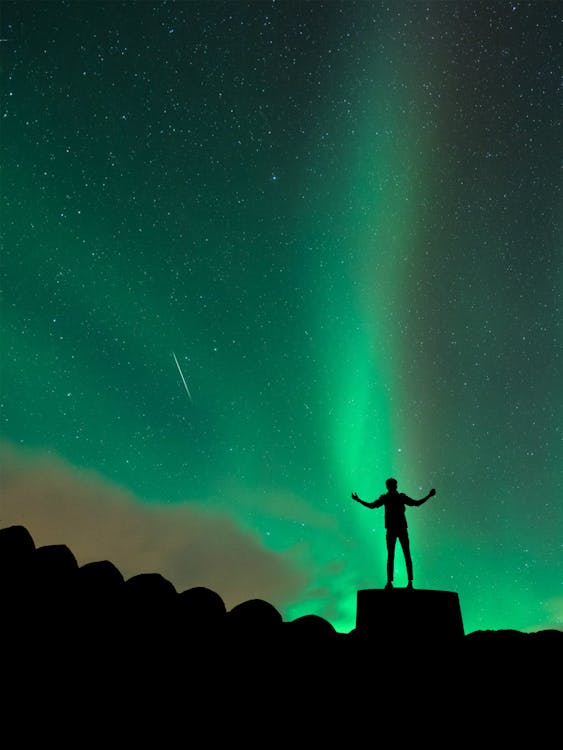Understanding Geomagnetic Storms
Geomagnetic storms occur when solar wind particles interact with Earth’s magnetic field, creating disturbances in the magnetosphere. These storms are caused by fluctuations in the sun’s activity, such as solar flares and coronal mass ejections.

When these charged particles collide with Earth’s atmosphere, they can produce dazzling displays of light known as auroras, or northern and southern lights.
The Spectacular Aurora Displays
Auroras are natural light displays that occur predominantly in high-latitude regions near the poles. They are caused by the interaction between solar particles and gases in Earth’s atmosphere, such as oxygen and nitrogen. When these particles collide, they release energy in the form of light, creating vibrant curtains, arcs, and swirls of color in the night sky. Auroras are most commonly seen in shades of green, but they can also appear in hues of red, blue, and purple, depending on atmospheric conditions.
How to Witness Auroras
To witness an aurora, you’ll need to be in a location with clear, dark skies and minimal light pollution. High-latitude regions near the poles, such as Alaska, Canada, Scandinavia, and Antarctica, offer some of the best chances of seeing auroras. Keep an eye on aurora forecast websites and apps, which predict when and where auroras are likely to be visible based on solar activity and geomagnetic conditions. During periods of heightened solar activity, known as solar maximums, auroras may be visible at lower latitudes, providing more opportunities for people to experience these breathtaking natural phenomena.

Geomagnetic storms and auroras are fascinating displays of nature’s power and beauty. By understanding the science behind these phenomena and knowing where and when to look, you can increase your chances of witnessing the awe-inspiring spectacle of auroras dancing across the night sky.